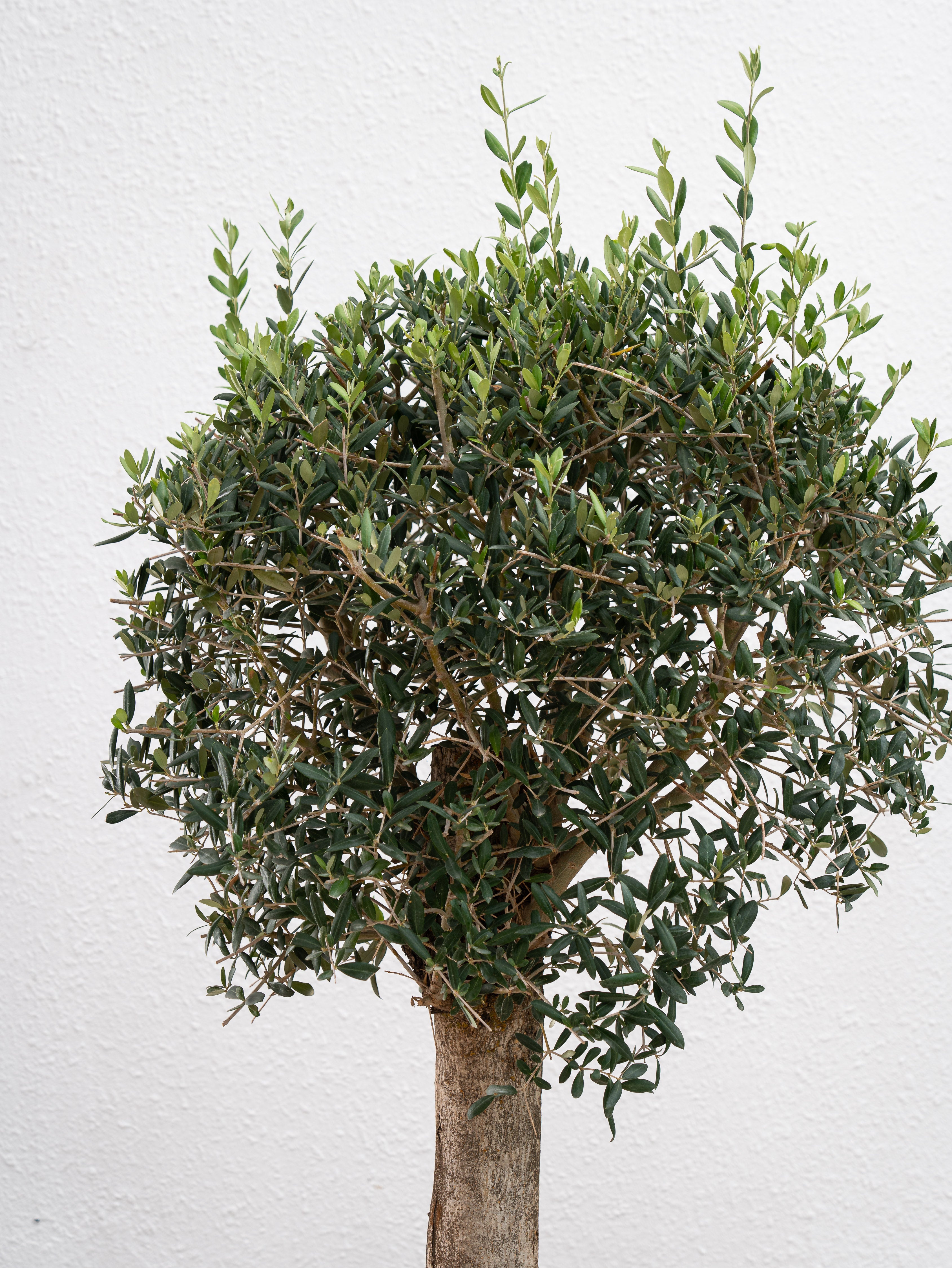Creating a green oasis in your home can be challenging, especially if you have rooms with limited natural light. Fortunately, many houseplants thrive in low-light conditions, making them perfect for dark rooms. This guide will introduce you to some of the best houseplants for dark rooms, their care requirements, and tips for keeping them healthy.
Benefits of Houseplants in Dark Rooms
- Aesthetic Appeal: Adds a touch of nature and elegance to your living space.
- Air Purification: Many indoor plants help clean the air by removing toxins.
- Mental Health: Plants can improve mood, reduce stress, and increase productivity.
- Adaptability: Some plants are specifically adapted to thrive in low-light conditions.
Best Low-Light Houseplants
1. ZZ Plant (Zamioculcas zamiifolia)

- Light Needs: Low to bright indirect light
- Water: Water every 2-3 weeks, allowing the soil to dry out between waterings
- Care Tips: ZZ Plants are virtually indestructible and can survive in low light and with little water. They have waxy, dark green leaves that add a glossy touch to any room.
2. Snake Plant (Sansevieria trifasciata)

- Light Needs: Low to bright indirect light
- Water: Water every 2-3 weeks, allowing the soil to dry out completely
- Care Tips: Also known as Mother-in-Law’s Tongue, this plant has tall, sturdy leaves and is extremely hardy. It can tolerate a variety of light conditions, making it perfect for dark rooms.
Also Read- Best Plants For Your Windowsill: The Ultimate Guide
3. Philodendron

- Light Needs: Low to bright indirect light
- Water: Water every 1-2 weeks, allowing the soil to dry out between waterings
- Care Tips: Philodendrons are known for their large, glossy leaves and can thrive in low-light environments. They are easy to care for and can grow well even with minimal light.
4. Peace Lily (Spathiphyllum)

- Light Needs: Low to moderate indirect light
- Water: Water weekly, keeping the soil consistently moist
- Care Tips: Peace Lilies are known for their beautiful white blooms and glossy green leaves. They prefer slightly higher humidity and are perfect for adding a touch of elegance to dark rooms.
Tips for Growing Houseplants in Dark Rooms
- Rotate Your Plants: Turn your plants periodically to ensure even light distribution and prevent them from leaning towards the light source.
- Clean the Leaves: Dust and dirt can block light from reaching the leaves. Regularly clean your plant’s leaves with a damp cloth.
- Use Artificial Light: If natural light is minimal, consider using artificial grow lights to supplement the light your plants receive.
- Choose the Right Plants: Select plants that are specifically adapted to low-light conditions. Avoid plants that require full sun.
- Monitor Soil Moisture: Overwatering is a common issue in low-light conditions. Ensure the soil has dried out before watering again to prevent root rot.
Also Read- How To Water Your Houseplants: The Ultimate Guide
Common Problems and Solutions
1. Yellowing Leaves
- Cause: Overwatering or insufficient light
- Solution: Check the soil moisture and adjust your watering schedule. If necessary, move the plant to a brighter location or add a grow light.
2. Leggy Growth
- Cause: Insufficient light causing the plant to stretch towards the light source
- Solution: Rotate the plant regularly and consider supplementing with artificial light.
3. Brown Leaf Tips
- Cause: Low humidity or inconsistent watering
- Solution: Increase humidity by misting the plant or using a humidifier. Ensure a consistent watering schedule.
Conclusion
Choosing the right houseplants for dark rooms can transform even the gloomiest corners of your home into lush, green spaces. By selecting plants that thrive in low-light conditions and following proper care tips, you can enjoy the benefits of indoor greenery without worrying about insufficient light. Remember to monitor your plants’ needs and make adjustments as necessary to keep them healthy and vibrant. Happy planting!













Leave a comment
This site is protected by hCaptcha and the hCaptcha Privacy Policy and Terms of Service apply.